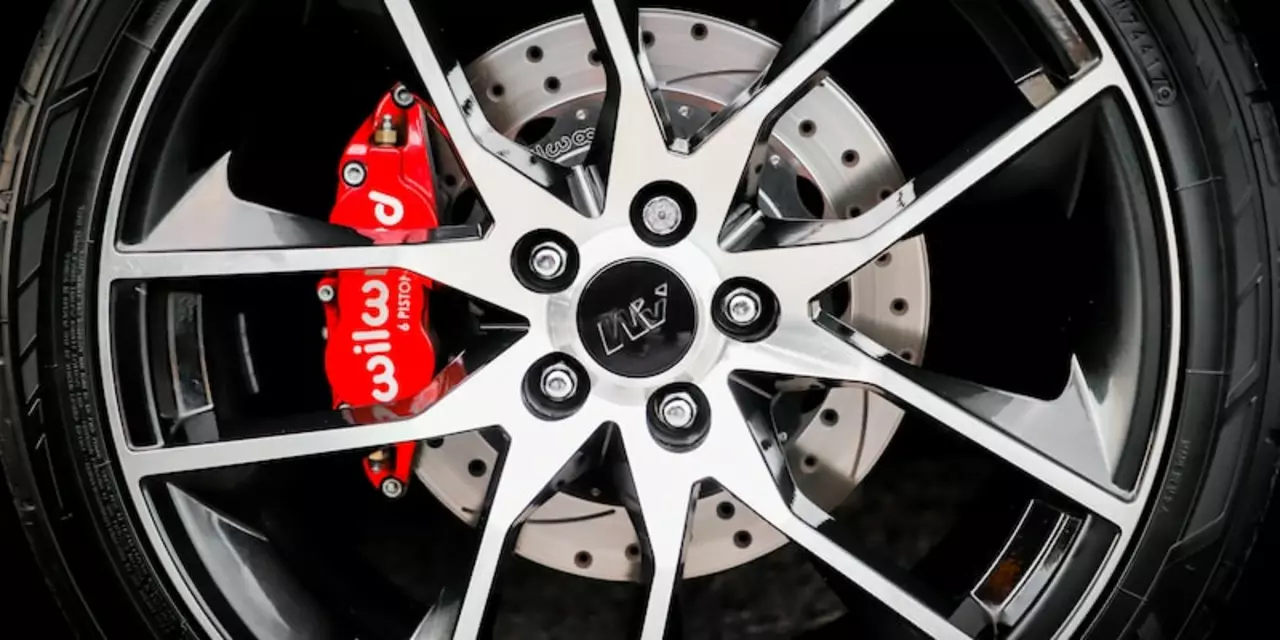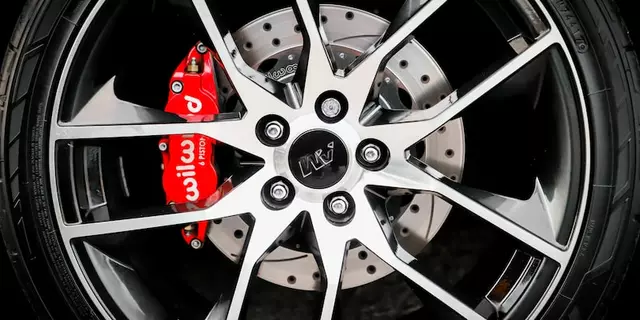Drag Racing: Does Spinning Your Tires Really Help?
Ever watch a drag car rev up, spin the wheels, and wonder if that extra hustle actually pushes the car faster? You're not alone. Drivers and fans debate this trick all the time, and the answer isn’t as simple as “yes” or “no.” Let’s break down what really happens when you spin those tires on the strip.
Why Some Drivers Spin the Tires
Most racers spin the wheels to heat up the tires. Warm rubber sticks better to the track, so the idea is to melt a thin layer of rubber onto the launch line and boost traction. In theory, that rubber film gives the car a firmer bite the moment you hit the gas.
Another reason is habit. In street racing, a quick spin is a show‑off move, a signal that the driver’s ready. That confidence can translate into a more aggressive launch, which feels like a win even if the physics don’t change much.
The Real Impact on Launch and Longevity
Here’s the practical side: a short spin (a couple of seconds) can warm the tire surface just enough to improve grip. Too long, and you waste precious reaction time. Remember, in drag racing every thousandth of a second counts, and those extra revs can cost you more than you gain.
Spinning also leaves a rubber residue on the track. If the strip is clean, that residue can help the next car—or yours—get a better launch. But on a dirty or wet track, the film might act like a slick, actually reducing traction. So the benefit depends on track conditions.
There’s a downside, too. Rapid wheel spin stresses the drivetrain, especially the transmission and clutch. Frequent spins add wear and can lead to premature failures. For a street‑legal car, that wear shows up as faster tire wear and higher maintenance costs.
Most professional teams run a controlled burn‑out: they lock the rear wheels while the car is stationary, creating a consistent rubber line. This method gives the exact amount of grip needed without sacrificing reaction time. It’s a repeatable process, and the data shows it improves launch times by a few hundredths of a second—a tangible gain.
If you’re a weekend racer, try a brief spin—no more than two seconds—just to warm the tires. Then focus on a clean, aggressive launch. Watch your reaction times and see if the spin changes your quarter‑mile times. If it doesn’t, skip it and keep the power on the line.
Bottom line: spinning the tires can help, but only when done right. A short, controlled spin on a clean track adds grip; a long spin wastes time and adds wear. Use the technique wisely, and you’ll see the benefit without the extra damage.
Ready to test it out? Set up a timer, record your launch, and compare a spin‑free run to a quick burn‑out. The data will tell you which approach wins on your specific strip.



